
Our vision is arguably our most precious gift we have, the wonder that is sight, but we often take it for granted. Being able to see, is what we rely on the most in our everyday living. Without it, almost everything is impossible to do, such as drive a car, read this article, or see the faces of our loved ones.
What’s known is there are a variety of eye issues that can rob us of our vision, especially once growing older.
So it becomes important to know what they are, by getting our eyes checked on an annual basis.
What’s known, is most of these issues can be avoided or cured, with early detection.
7. Acanthamoeba Keratitis (Contact Lens Wearers)
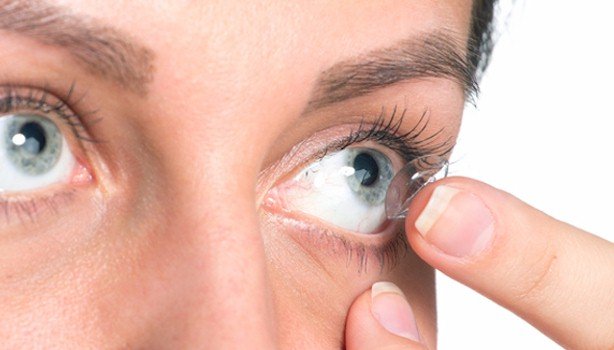
This can occur once you’ve ditched your prescription specs, in favor of the more trendier contact lenses. Then a condition known as Acanthamoeba Keratitis, can affect you.
This infection however is rare, but extremely serious. It results from improper storage, usage, and care of contact lenses.
The symptoms can include irritation and redness, along with sensitivity to light and blurred vision. A ‘ring-like’ ulceration can appear on the corneal tissue.
If the condition is left untreated, it can result in permanent vision loss. Being sanitary when handling lenses, while following the eye doctor’s recommendations, can avoid this condition.
6. Intraocular
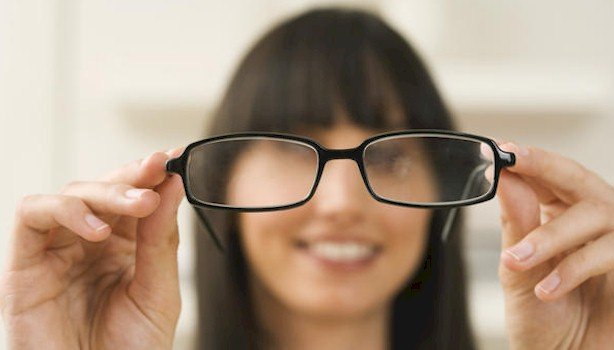
The best explanation for this is cancer of the eye. There are two known conditions that can affect this issue. The disease can originate directly in the eye, known as primary intraocular.
It can also begin somewhere else, and then eventually spread to the eye, known as secondary intraocular.
Melanoma is the most common of this disease in adults, while retinoblastoma is more common in children.
Fortunately this condition is uncommon, and can usually be detected early, provided annual eye exams are performed. Symptoms of intraocular issues can be blurry or sudden loss of vision.
5. Diabetic Retinopathy

Diabetic Retinopathy as the name suggests, is a condition of the eye that’s common among those who are diabetic. It can occur once someone has Type-1 or Type-2 diabetes.
The condition can begin by showing mild symptoms, and can eventually lead to complete vision loss.
The two known types of diabetic retinopathy, are nonproliferative diabetic retinopathy, where the damaged blood vessels will begin to leak fluid into the eye.
The other, Proliferative diabetic retinopathy, is when new blood vessels begin to grow inside the retina. These new blood vessels abnormally grow in the center of the eye.
4. Retinal Detachment
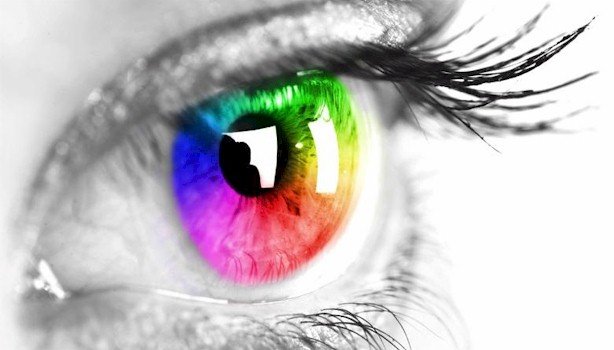
This sounds painful, as the retina is a key component for being able to see. It’s the exact point where exterior light is transmitted through the eye, once objects are focused on.
What the retina then does, is transmits these images to the brain. So it’s needless to say, without a healthy retina, you won’t see anything.
The retina can detach from the eye socket for a variety of reasons, such as old age, eye trauma, or diabetes.
What it will appear like, is as if a black curtain has suddenly been pulled over your field of vision.
A surgical procedure is then needed to reattach the retina, and full recovery is possible.
3. Cataracts
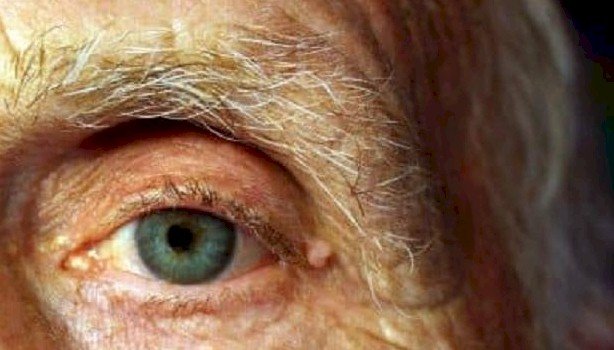
Cataracts is the clouding of the lenses of the eye, which can be an alarming issue, since it can suddenly become difficult to see. Fortunately it’s treatable.
This condition is common in older adults, once reaching 60 or older, where most seniors usually end up needing surgery.
Cataracts are caused once the protein in the lens begins to clump, which reduces sharpness and clarity. There can be a yellowish or brownish tint, that becomes distinct.
Over time, the ability to see the purples and the blues may become compromised. This can be cured, by inserting an artificial lens to replace the natural one.
2. Glaucoma
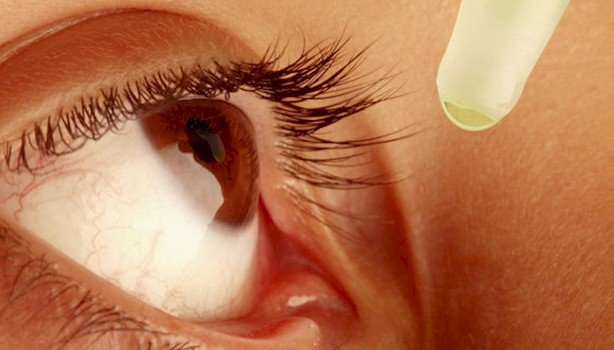
What this condition does is affects the eyes optic nerve, because of a buildup of pressure that occurs inside the eyeball socket.
The fluid that’s inside the eye known as aqueous humor can become blocked, which results in excess fluid build up.
What’s not known is why these blockages occur. One theory is it can be genetic, especially if there’s a family history of glaucoma.
Once over 40 years of age, what you should do is get checked for glaucoma at least once every 2-years.
Although this condition is thought to be hereditary, it can also occur from eye injury or eye infection.
1. Macular Degeneration
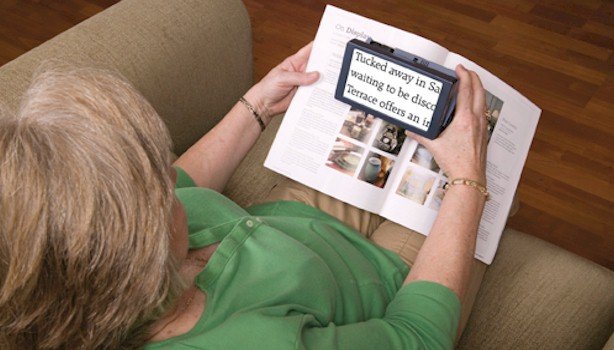
This is a degenerative condition of the eye, which is the number one cause when it comes to severe vision loss, especially for adults over the age of 60.
What it does, is affects the vision of ones central field of view. What can then result, is the inability to read, drive a car, or identify people.
There are 2 known types of AMD, which is “dry” or “wet.”
The dry version is slower to progress, but is still considered serious, and needs to be constantly monitored by a professional.
Early detection is thought to be key.
Laser treatment is one solution to cure this condition.
Most often, many don’t realize they have Macular Degeneration, until their vision becomes blurred.